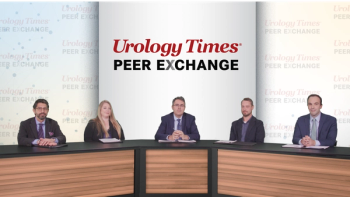
Strengths and Weaknesses of Imaging Modalities in ccRCC
Explore the strengths and weaknesses of imaging modalities like CT, MRI, and ultrasound in diagnosing ccRCC and enhancing patient care.
Episodes in this series

Strengths and Limitations of Different Imaging Modalities
Main Discussion Topics:
- CT scans remain the most common initial imaging modality for renal mass detection.
- MRI offers additional sequencing capabilities for better tumor characterization.
- Ultrasound primarily helps determine whether masses are solid or cystic.
- Nuclear imaging (prostate-specific membrane antigen [PSMA] scans) shows potential but has demonstrated limited accuracy.
Key Points for Physicians:
- CT is widely available and familiar to most clinicians.
- MRI provides superior soft tissue characterization and additional sequences.
- Ultrasound is useful for determining whether a mass is solid vs cystic.
- Nuclear medicine studies such as PSMA scans have not demonstrated sufficient accuracy.
Notable Insights:
Each imaging modality has specific advantages, but many patients arrive with inadequate initial imaging, requiring additional studies for proper characterization.
Clinical Significance:
Understanding the strengths and limitations of each imaging modality allows clinicians to select appropriate studies for comprehensive renal mass evaluation.
Newsletter
Stay current with the latest urology news and practice-changing insights — sign up now for the essential updates every urologist needs.

















